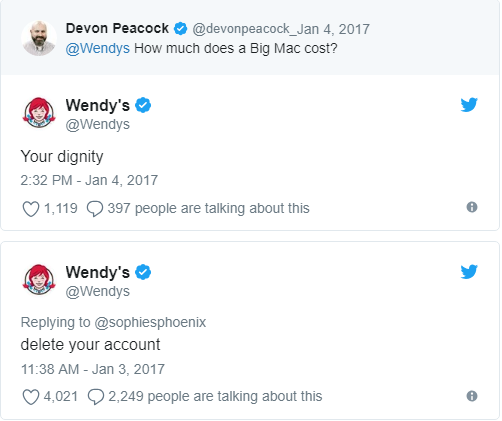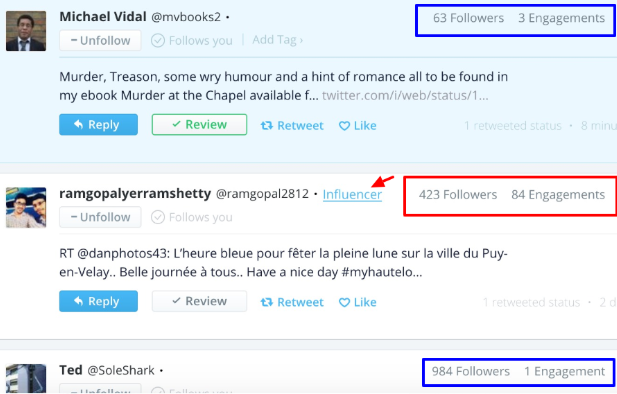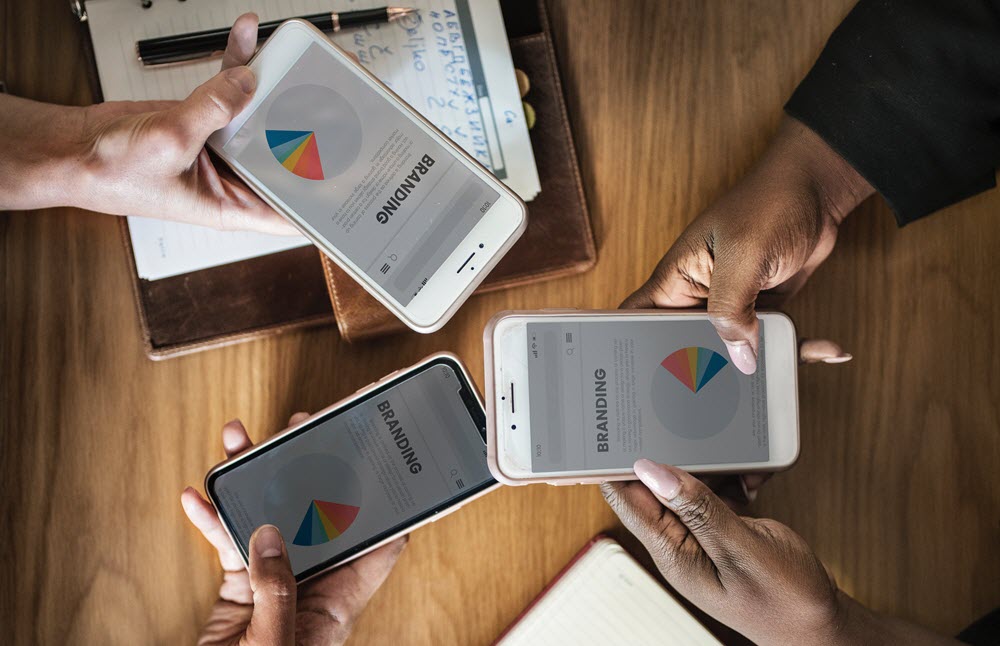Many have asked me before ,“how do we create a sustainable brand strategy that would make sure our brand is the first thing our prospects see?”
There isn’t a simple answer since your competitors are doing the exact same thing.
How do you then create a strategy that would attract prospects? How do you make sure your clients stay your clients and thus reduce the churn-rate and the increase of the CLTV?
Becoming a Brand Manager
A brand manager is essentially a (skilled) person who handles everything that has to do with the brand: how it’s perceived by the clients, by partners, by stakeholders, how its overall marketing is handled (works closely with the marketing teams), and takes care of its overall voice & tone and is essentially “on it” 24/7.
It’s not always about putting out fires, but it’s a demanding job since you are in charge of the overall image of the brand and everything that has to do with it.
Handling it means that you are willing to put your name at risk in order to protect the brand at all costs. It’s a mix of a salesperson and a psychologist, telling people exactly why they need to use your brand and not anyone else’s.
But, what kind of tools does a brand manager use?
Reputation Management
A good brand manager can smell a storm coming a mile away since the brand manager has ears at the back of his/her head.
On social media, it means that a brand manager is aware of every time someone mentions the name of the brand on one of the many platforms out there.
Conveying authenticity to clients is one sure way to go, always.
Clients don’t like a brand that is fake and just perfect.
Today’s world is all about storytelling.
If you had followed feeds of micro-influencers on Linkedin such as Josh Fechter or Dennis Yu, you’d see how authentic they are, speaking from experience of the hardships of hiring the wrong people, sleeping on their mattresses, and whatnot:

This authenticity in Josh’s message is exactly why he gets such great following for both his brand, BAMF, as well as his personal brand, which is “Josh Fechter, the man”.
Handling reputation for both is never easy, naturally, but can be done if you are a good wordsmith.
There are ways though where your “authenticity” is just a tasteless way to show others how successful you are: if you start a post (especially video) by brandishing that fancy new Ferrari 458, all you are conveying is that you are a person who cares less about the client, the team (which appears to be a bunch of servants and nothing more), and, naturally, that you don’t care about the environment.
If it fits the brand, that’s fine – if it doesn’t, just don’t do it.
Handling Everything on Social Media
Some brands prefer using only a select few platforms since they know how to scale their use, and handling 7-10 handles could be a nightmare if not enough people are involved in the brand’s management.
Some tools that may be relevant for the job are Google Alerts, Social Mention, and Brand24 (which I’ve used extensively before).
These all provide great options for you to monitor mentions and put out fires when needed, like this one:

Finding the Right Brand Ambassadors
There are specialized tools such as Commun.it, which provides ample solutions for brand ambassadors who wish to find influencers in their field (the ones that constantly engage with their content), gain followers, curate relevant content, and schedule it accordingly; its built-in algorithm does a fantastic job finding the best times to post content that is guaranteed to provide more tinder to your value bonfire.
Here’s a great example:

This tool allows you to find out which people could be considered influencers in terms of market penetration for your own brand.
Unlike other methods, this one is proven since you can’t fake interaction with a brand to such degrees.
The main beauty is that it’s a freemium service, meaning that you don’t need to pay from day one and just ramp up as you go.
Avoiding the Broken Telephone
Brand advocacy is when you find others who’ll defend your brand when someone speaks ill of it. Don’t underestimate that and reach out to these individuals (or brands): tell them exactly what your brand is and how you’d love to help them out with reaching their target audience as well.
Never say no to collaboration; just put it on hold if it doesn’t suit your brand’s personality for the time being.
Avoid collaborations that may seem lucrative but are of little value or destructive in nature.
This is a Contributor Post. Opinions expressed here are opinions of the Contributor. Influencive does not endorse or review brands mentioned; does not and cannot investigate relationships with brands, products, and people mentioned and is up to the Contributor to disclose. Contributors, amongst other accounts and articles may be professional fee-based.

